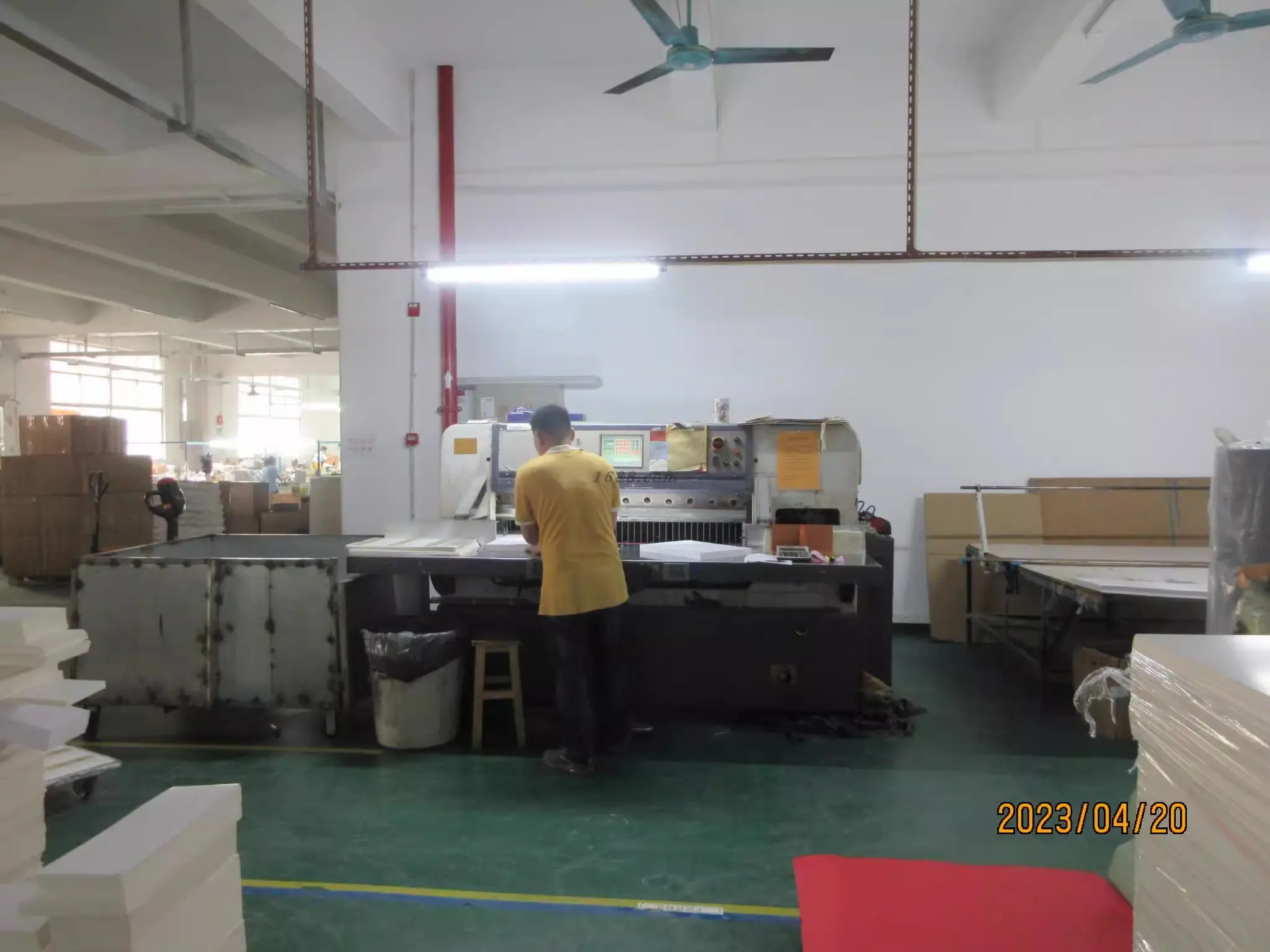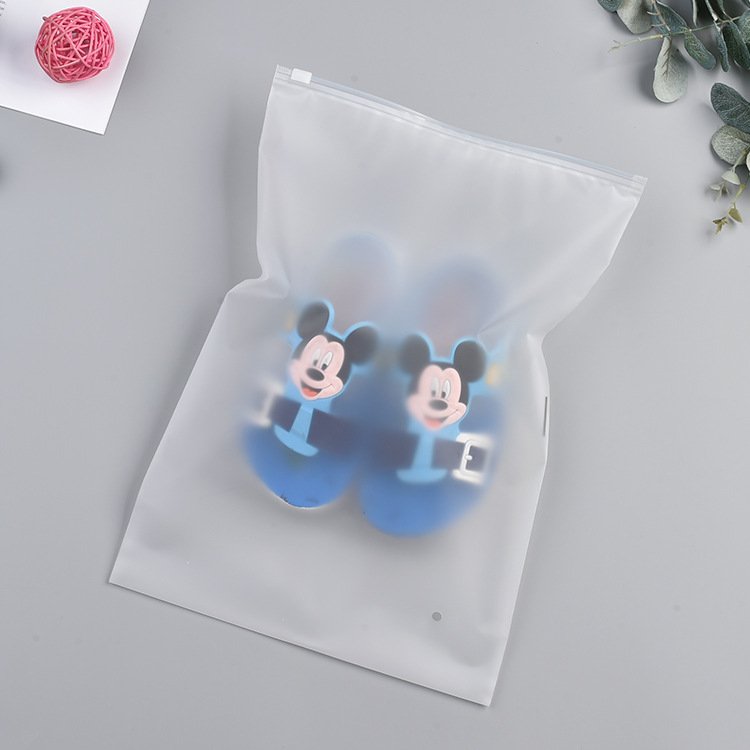Understanding Clothing Buttons
Clothing Buttons
Buttons are not only practical tools for fastening clothing but also essential elements that contribute to the beauty of garments. Today, we will delve into an important component of apparel accessories—the button. Let’s uncover the mystery of buttons and explore their craftsmanship and aesthetic value.
Definition of Buttons
A button is a fastening element used to connect the placket of clothing. Its design and material choice significantly impact the overall beauty and functionality of a garment. High-quality buttons can enhance the garment's texture and showcase the designer's ingenuity in the details.
Classification of Buttons
By Size:
The diameter of a button is a key classification standard. Common sizes include 14#, 16#, 18#, 20#, and 60#. The formula: diameter = size × 0.635 (mm) allows for easy conversion between different button sizes.
By Material:
Buttons come in a wide variety of materials, including:
- Plastic types (resin, plastic)
- Metal types (copper, iron, alloys)
- Natural materials (shell, wood, coconut shell, bamboo)
Each material offers different production techniques and appearances.
Production Process of Buttons
1. Design: Based on the garment’s style and requirements, the button's style, shape, and size are conceptualized.
2. Material Selection: Choose appropriate materials, such as metal, plastic, resin, or natural materials, considering durability, aesthetics, and cost.
3. Mold Making: Create molds based on design sketches, ensuring precision and detail in the molds.
4. Forming Process:
- Metal buttons may be produced through die-casting or forging.
- Plastic and resin buttons are typically formed via injection molding.
- Surface treatments include painting, gold plating, galvanizing, electroplating, and sandblasting to enhance appearance and durability.
5. Quality Inspection: Conduct rigorous quality inspections to ensure the buttons meet design and usability standards.
6. Packaging and Assembly: Choose suitable packaging and assembly methods based on the button's use scenarios and requirements, such as stud buttons, tassel buttons, snap buttons, and dog teeth buttons.
Common Types of Buttons and Their Characteristics
- Metal Buttons: Typically made from copper, zinc alloys, or stainless steel, known for their weight and texture. Commonly used in double-breasted suits or European-style coats, they exude a vintage charm and high-end feel.
- Resin Buttons: Made primarily from unsaturated polyester resin, they come in various colors and are popular due to their ease of processing and dyeing, favored for their versatility.
- Horn Buttons: Made from natural high-quality horn, commonly used in autumn and winter suits and coats, with unique colors and patterns that convey a sense of depth and stability.
- Shell Buttons: Sourced from natural shells, they have an elegant texture and enticing luster, suitable for high-end spring and summer shirts and casual suits, adding a touch of nature and elegance.
- Fruit Buttons: Made from natural fruits and shells, they are hard, well-textured, heat-resistant, and moisture-absorbent, making them a preferred choice for high-end clothing.
- Chinese Knots: Buttons made using knotting techniques, known for their softness and comfort, are commonly used in qipaos and traditional garments, showcasing unique cultural charm.
By understanding the craftsmanship and classification of buttons, we can better appreciate the details of garment design and enhance our sensitivity to clothing quality.



































